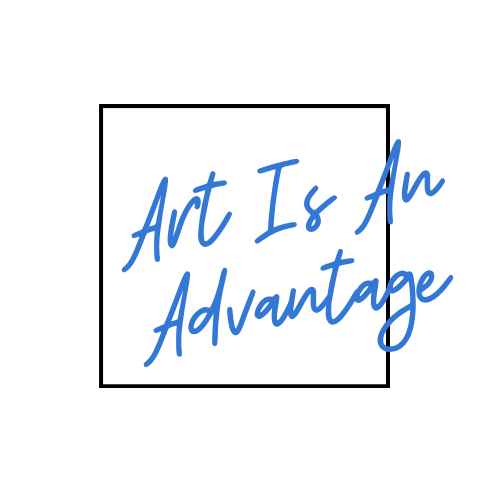Once you understand how your blog is set up and have established your categories, it’s time to start posting. Technically you could upload an image of your work and leave it at that, but a better practice is to put together a well-constructed entry every time you post. This post focuses on how to structure your artist blog posts.
How to Structure Your Blog Posts
Each blog post should contain the following:
Title. Use a strong title that will interest your reader.
Introductory paragraph. Provide a clear introduction prefacing what the post is about with an introductory paragraph.
Headings. In this post, “How to Structure Your Blog Posts” above is a heading. Headings help to capture your audience’s attention. Many readers will quickly skim the headings before deciding whether or not to read more.
Body The body is where you share the bulk of your information. Use shorter paragraphs. Use your authentic voice when you write.
Professional image. Use clear and appropriately cropped images. In addition to your work, incorporate pictures of yourself at work, your studio, or anything else that might be interesting to people who follow your work.
Call to action. At the end, you should ask your reader to take some action. You might ask them to visit your online gallery where you share more images in a collection, sign up for your newsletter, or follow you on Facebook. While you have their attention, make sure you find a way to keep them engaged.
The Importance of Your Writing
For an artist, your work is going to be the focal point of your blog posting, but don’t assume that the accompanying text is not important. Your authentic writing can be a great support to your visual media and should entice your readers to learn more about you and your work. We’ll talk about this more in coming posts.
Stay tuned to Artist Blogging 101 for more tips on writing posts for your artist blog. If you missed earlier posts, start here.

